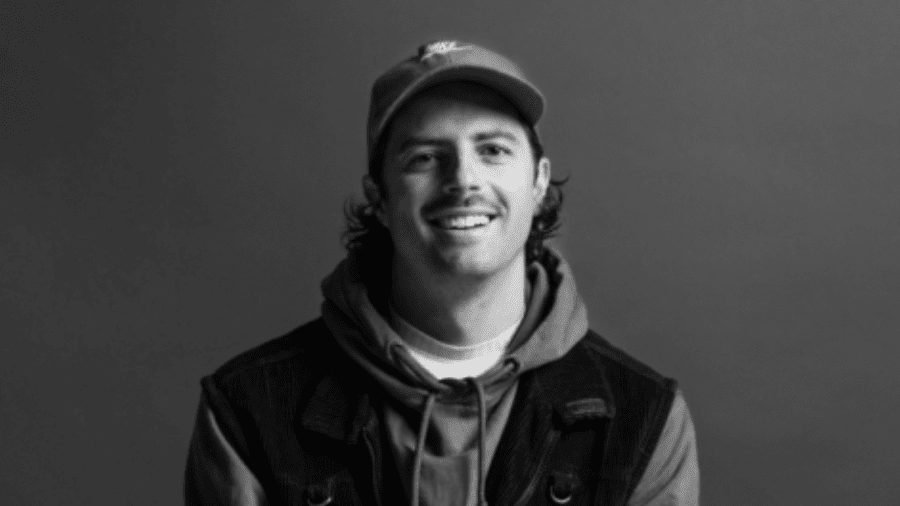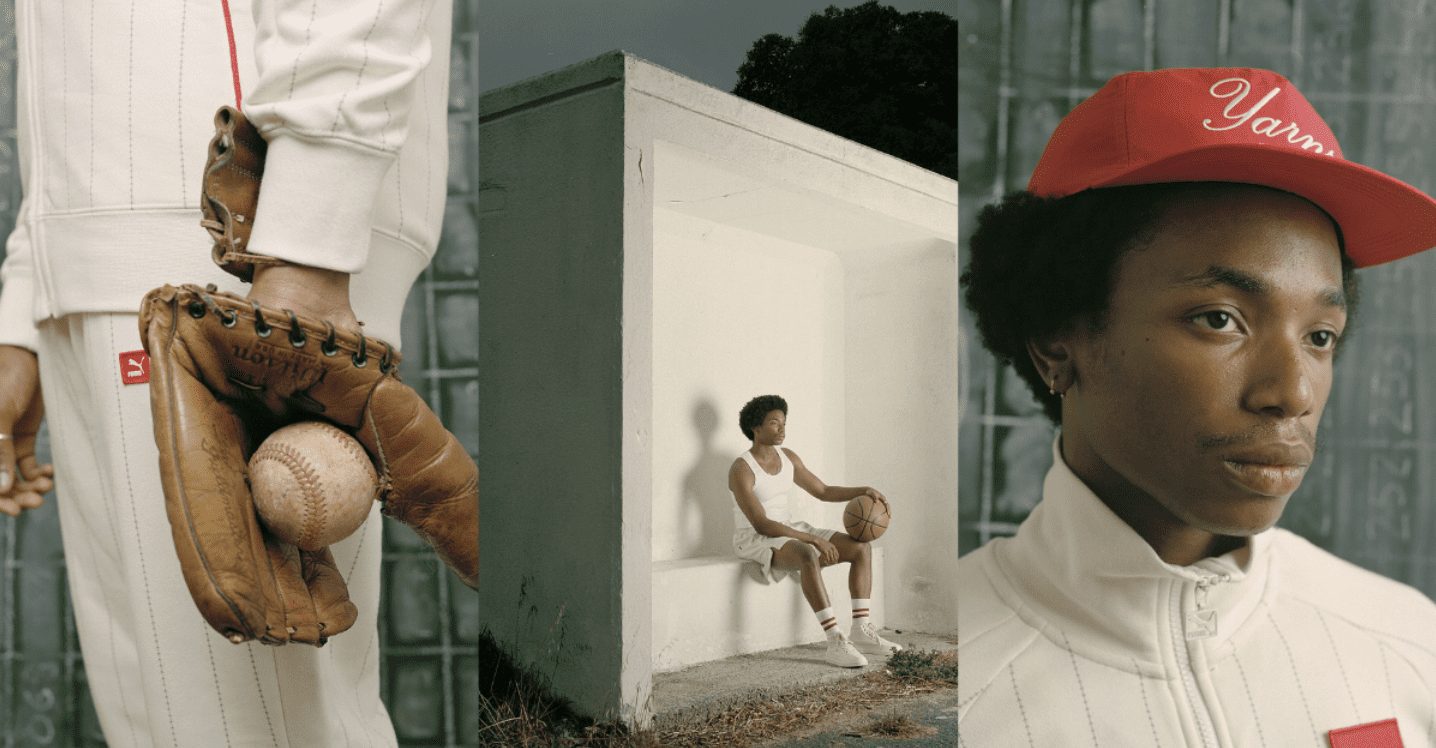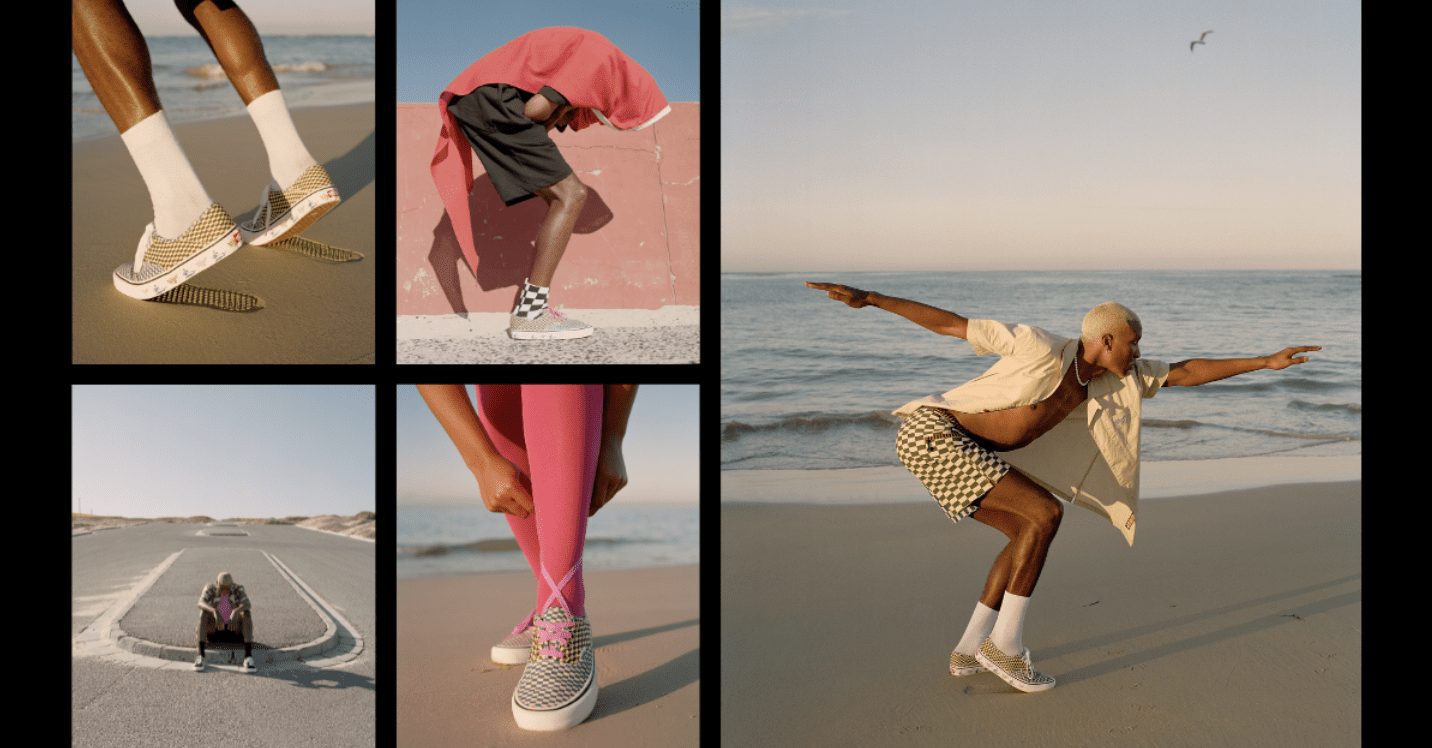In The Frame: Kent Andereasen
In The Frame: an in-depth series where Eyeforce asks their talents burning questions about their recent work. They discuss the intricacies, the magic, the good and the bad. Let’s get the B-Roll rolling.
We managed to grab a few minutes with our freshly signed new talent to gain some insights into their creative process. We explore what their ideal setup looks like, how they mentally and physically prepare for a shoot and what inspired them to pursue a creative career.
What’s your gear setup?
I shoot with a variety of medium-format Japanese film cameras. Recently, I’ve started expanding the types of cameras I use because I’ve started feeling limited by using only one format. Slowly, I’m adopting a more practical approach for each project by choosing my camera or set of cameras accordingly.
How do you personally prepare for a shoot?
Before starting a project, I create a mood board and research the location or area where I will be working. However, I try not to look at too many images of the place, as it might alter my own vision for photographing it. Additionally, I ensure that my gear is in proper working order and give myself enough time to pack everything properly, as this is essential.
Is there a project on your shelf, waiting to come into existence?
I’ve been working on a book called Memory Bank for the past four years. It has recently been sent for design and should be available in some form or another very soon, which is very exciting.
Who or what inspired you to get into photography?
I discovered photography while on a family holiday when I was 18, and it developed from there when I moved to China in 2010 to stay with my older brother. Photography became my main focus during that year because I struggled with the culture shock of Shanghai and found it difficult to fit in and make friends.
Who’s your dream client?
National Geographic, Patagonia, The North Face, The World Land Trust, Stussy…
What makes a creative collaboration successful for you?
What’s most important to me is having the team on the same page and understanding that we are all working towards a singular creative vision. Nothing frustrates me more than putting together a crew that truly grasps the creative vision, only to be led astray by external forces that want the team to work beyond their strength.



